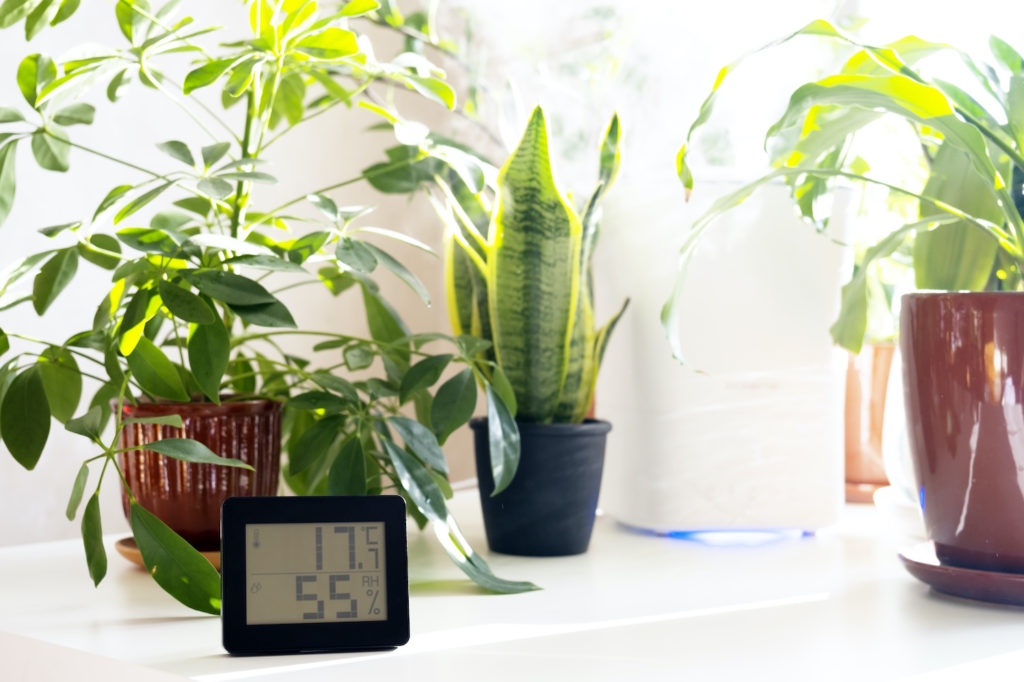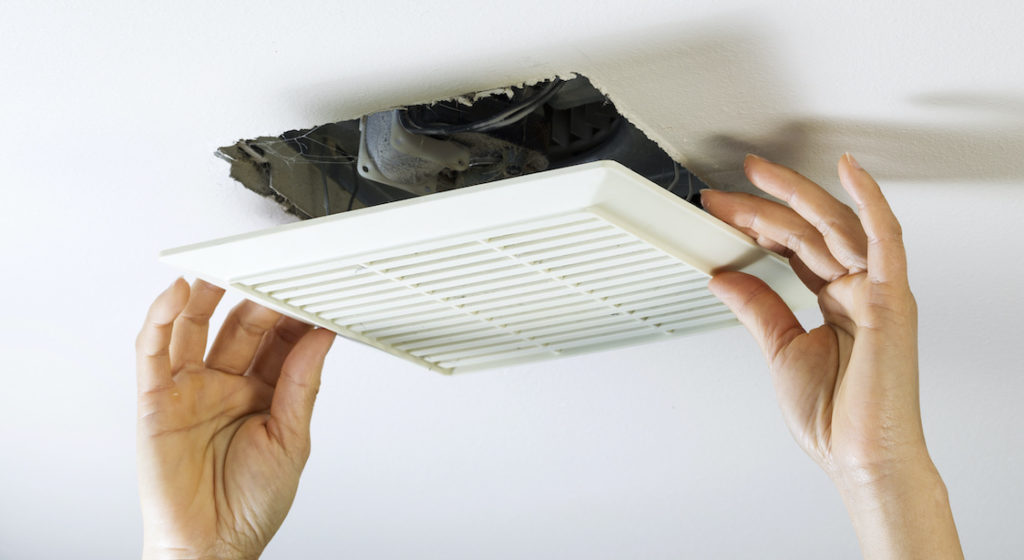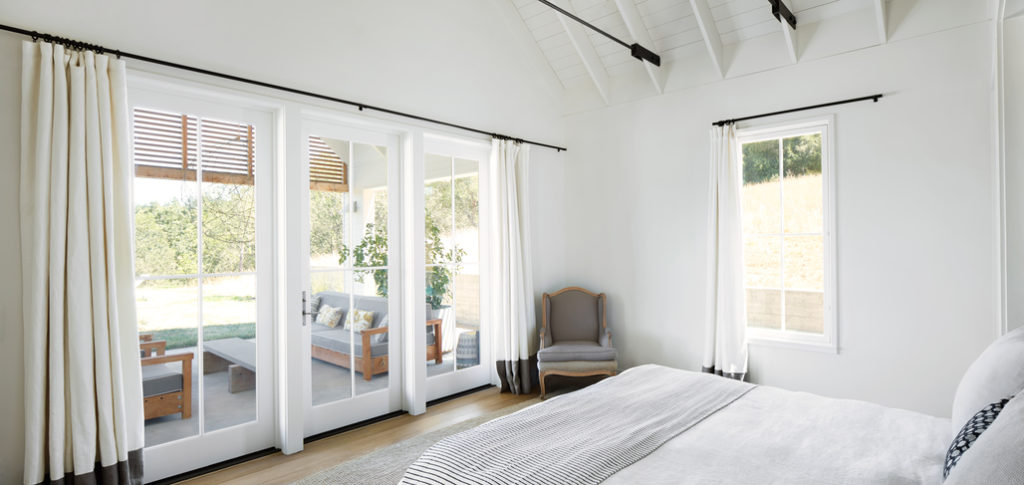Maintaining and caring for your home may seem intimidating at times, especially if you are new to or exploring home ownership.
Owning a new home under warranty is a weight off your shoulders, but whether your home has this perk or not, you still need to put the work into basic home maintenance. Neglecting the upkeep of your home can void or impact the level of coverage.
Learning to inspect and protect your biggest investment will help keep your house in optimal condition, while potentially sparing you from costly repairs – and grief. As the days get warmer and warmer, there’s no better time than right now to get started on your summer home maintenance checklist.
Read our detailed breakdown of important seasonal tasks in this article, prioritize a to-do list, print off the downloadable checklist for reference, and then decide what your schedule allows you to tackle. Perhaps you can chip away at maintenance when you have a chance, or you may choose to enlist the help of a professional to save time and ensure everything gets done properly and on time. Either way, it’s important to follow a regular home maintenance routine.
Download our printable Summer Home Maintenance Checklist.
Use our Summer Home Maintenance Checklist to ensure your home is safe and in top-notch shape, both inside and out.
Interior Home Maintenance
Here are the most important maintenance tasks for the interior of your house.
1. Monitor Humidity

High humidity over 60% can encourage mold and mildew, and damage your furniture, wallpaper, paint and floors. These higher levels are especially common during the summer months.
Take steps to help keep the humidity down by using a dehumidifier, growing plants that absorb humidity, hanging clothes to dry outside and ensuring your furnace filters are changed every few months or as needed to allow the A/C system to run at its optimal capacity.
Many SMART thermostats display the humidity levels in your home to help you monitor the levels. Alternatively, you can pick up a hygrometer that helps measure moisture levels, allowing you to make the needed adjustments to reach the desired level in your home.
2. Check for Condensation
Condensation often forms in bathrooms, laundry rooms, and kitchens. It also forms on walls and windows in poorly ventilated homes under certain conditions. One of the easiest ways to control most condensation problems is through ventilation systems. Your home may have an adequate ventilation system in place, but it’s no longer doing its job efficiently due to a clog.
Make sure to use the exhaust fans to remove moist air from these areas especially after showering or cooking.
3. Deep Clean Carpets and Rugs
In order to protect your area rugs and carpet, vacuum high-traffic areas twice a week or as often as needed, especially if you have pets.
Professional deep cleaning once a year or more will help remove allergens, dust and residue that can build up over time. When it comes to deep cleaning, do your research. Go with a reputable company, and have them give you an estimate based on the square footage of your home and areas covered. Vacuum beforehand in order to remove existing dirt, and ensure that your furniture is elevated or moved aside in order to hit those hidden areas.
4. Clean Bathroom Fans

Bathroom fans help rid the air of odor of moisture, and can benefit from a good cleaning at least a couple times a year.
Disconnect the power to your fan by turning off the breaker. Remove the cover of your fan by squeezing the metal prongs/wires. Vacuum the dust out with a bristle attachment, and soak the cover in a gentle solution of warm water and dish soap. Give the fan a good scrub with a cloth or brush, and allow it to air dry completely before re-installing.
5. Disconnect Duct to Dryer and Vacuum
A buildup of lint in the dryer vent is a serious fire hazard, and can overwork the system if not properly maintained. As part of your summer home maintenance, check your dryer vents and all other exhaust vents. Have them professionally cleaned if required.
6. Check Smooth Functioning of Windows
Over time dirt, and debris can build up in the window track and frame making it difficult to open.
Open your windows all the way and check for ease of opening. If you find your window is stuck or tight, start by giving it a good clean. Spray a silicone-based lubricant on the hinge while opening and closing the window to ensure it’s thoroughly coated.
7. Check Interior Doors

The interior doors in your home are typically wood products, so they’re subject to natural occurrences like shrinkage and warpage. Due to natural fluctuations in humidity, your interior doors may occasionally require minor adjustments.
Here are some common problems that may require adjustment or care:
- Squeaky door hinges: Lubricate the hinges with a silicone-based spray.
- Door sticking: Depending on the humidity in the air, your doors may expand or shrink. If you notice your door sticking, try a dehumidifier. If that doesn’t do the trick, you may need to sand down part of the door – but be sure not to plane the wood until after the weather changes.
- Door not latching: Minor settling can cause your door to not latch properly. Try tightening the screws in the strike plate. If this doesn’t help, see where the latch is hitting. It may be too high or too low, which means you may have to re-adjust the strike plate.
Exterior Home Maintenance
Here are the vital outdoor upkeep tasks to check off during the summer months.
1. Deck Safety

Our decks are something many of us look forward to all year, and with all the quarantine time this year we’ve likely been spending extra time retreating to them. That makes it all the more important to take extra care of this space that bears some of the most environmental damage each year.
Ensure your deck’s safety with a routine deck maintenance and clean-up routine:
- Guardrails and handrails play a huge role in a deck’s safety features.
- Note the building code requirements for your city, and ensure each component is capable of bearing and supporting the minimum weight pressure requirement.
- Look for signs of rotten wood, loose screws, fasteners or popped nails.
- Give the deck a good mop with a mild cleaner and remove any signs of fallen leaves or mildew that could cause a slipping hazard.
2. Check Weather Stripping/Caulking
Caulking used on the exterior of the home can seal up cracks in the home’s foundation and driveway. But, caulking doesn’t last forever. If left unchecked and not maintained this can lead to expensive repair bills.
Check the weather-stripping around your doors and windows for air infiltration, and ensure the seal is adequate. Exterior caulking can help to keep heating and cooling bills down by preventing heat loss around doors and windows. Inspect all other exterior caulking, and re-caulk if necessary.
3. Remove Plants that Penetrate Siding or Brick
Planting shrubs and plants too close to your home can cause damage to siding and retain unwanted moisture. Ensure any unwanted growth is removed to prevent drainage or structural damage issues.
4. Inspect and Repair Roof
Living in a rainforest like BC, our roofs are more susceptible to moss, mold and algae growth. The stains and growth patches caused by these organisms can damage your roof through shingle deterioration and wood rot which can lead to expensive repairs and shorten the life of your roof.
Regular roof cleaning can prevent this growth and the permanent damage it can cause to your roof. To avoid buildup, be sure to have it cleaned annually or every couple of years depending on your surrounding environment. Trim all surrounding trees and branches that may impede the free flow of water.
5. Close Off Entry Points
Unwanted pests are the last thing a homeowner wants to deal with. Check for and seal off any holes in exterior cladding that could be an entry point for small pests.
- Examine the interior of your home for gaps and entry points – Look in and around these key spots: kitchen cabinets, drawers, refrigerators, stoves, doors, under sinks, washing machines, pipes going to hot water heaters, furnaces, floor and dryer vents.
- Examine the exterior of your home for gaps and entry points – Look in and around these key spots: the roof, windows, doors, foundation, crawl spaces and holes around electrical or plumbing lines.
- Note any damage on potential areas such as lifted shingles where wasps and hornets could nest. You don’t want these pests to occupy your real estate.
- Close off holes – If you’ve spotted any entry points, begin to close these off. Stuff holes in and around your home using steel wool. Pests are unable to chew through the wool and it acts as a great deterrent to keep them from going further.
- Seal off with caulking – Rodents, insects and spiders are able to squeeze through the tiniest of holes.
- Caulk cracks around windows, doors, fascia boards and holes you closed off with steel wool, to ensure they keep out.
- Tidy up – To help deter, make sure the interior and exterior of your home are both free from scraps, crumbs, garbage and compost materials. Store items in airtight containers and maintain the lawn to discourage new neighbours – tall grass makes a great hiding place.
6. Inspect and Repair Driveway, Walkway and Steps
During the summer, moisture finds its way under the concrete along the edges or through cracks in the surface. In winter, this moisture forms frost that can lift the concrete, increasing the size of the cracking.
Maintaining drainage away from all concrete slabs will minimize cracking from this cause. Clean and repair your deck, patio, driveway, and stairs as needed. Re-stain areas where stain has worn away, and tighten any loose boards or railings.
New Home Warranty
According to the Homeowner Protection Act and regulations, “new homes built in B.C. by licensed residential builders must be covered by mandatory, third-party home warranty insurance.”
If you own a home with home warranty insurance, you could limit your coverage due to negligent or improper maintenance of your home.
In British Columbia, home warranty insurance on new homes includes a minimum of 2 years on labour and materials (some limits apply), 5 years on the building envelope, including water penetration, and 10 years on structure.
Homeowners will find the BC Housing Residential Construction Performance Guide an extremely valuable resource when trying to determine whether or not a concern they have with their new home might be covered by their warranty insurance.
Understanding this distinction will help homeowners gain a more realistic expectation about the performance of their new home and help them self-evaluate possible defects.
By establishing good maintenance practices, protecting your investment will become much more manageable especially when it comes to re-selling your home. We hope that this Summer Home Maintenance Checklist helps you familiarize yourself with your home while creating a consistent maintenance routine.
Note: If any of our tips go beyond your skill level or lead to more involved repairs, we strongly advise you to hire a professional to help.
Follow Miracon on social media to regularly get tips like these.